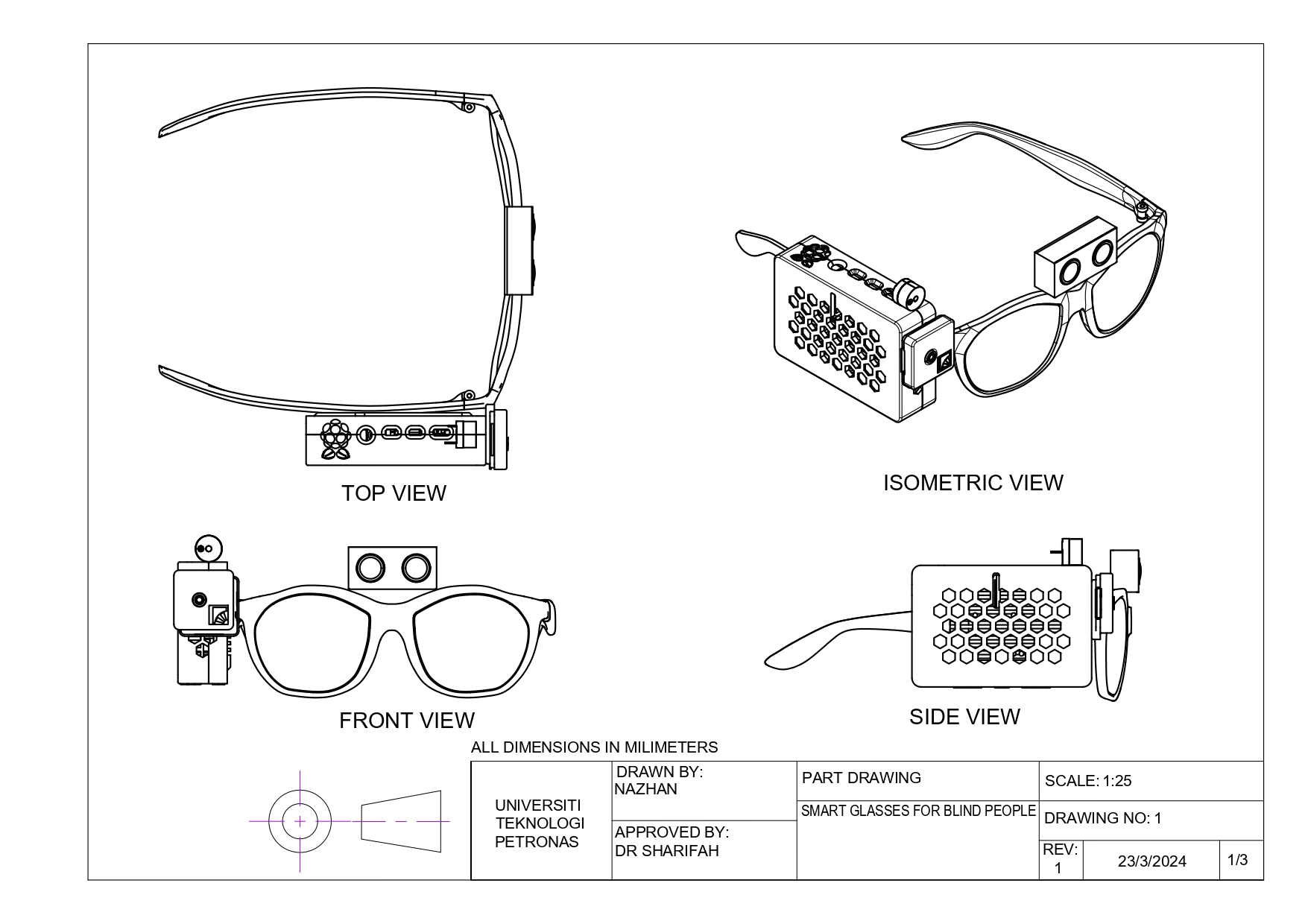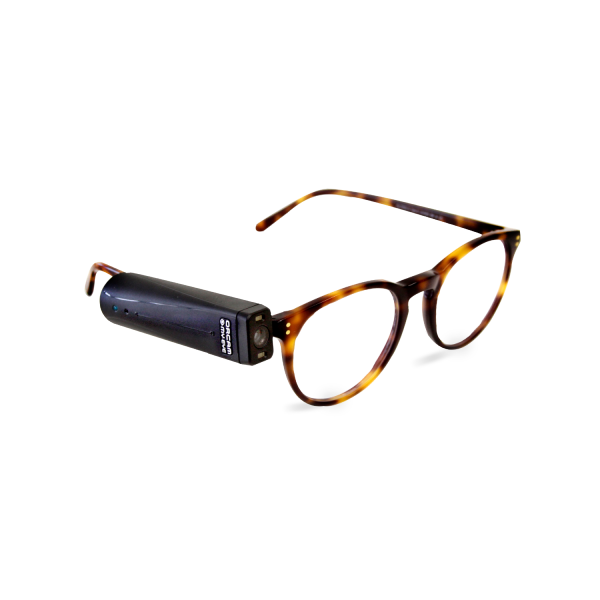Cutting-edge Solutions in Assistive Technology for Visual Impairment
The landscape of assistive technology for aesthetic problems is evolving quickly, providing a range of innovative services that boost access and independence. From innovative mobile phone applications that promote navigating to wearable gadgets designed for real-time support, these tools are improving the experiences of those with aesthetic problems.
Innovations in Mobile Phone Applications
In recent times, developments in smartphone applications have actually substantially changed the landscape of assistive innovation for people with visual disabilities. These applications leverage the powerful sensing units and capacities of modern-day mobile phones to supply customers with tools that improve independence and ease of access in their day-to-day lives.
Notable amongst these advancements are applications designed for item recognition, which use the smartphone's electronic camera to recognize things and supply spoken descriptions. Such features empower customers to browse their atmospheres better, whether identifying items in shops or situating personal belongings in your home. Additionally, text-to-speech applications have actually improved drastically, allowing customers to catch printed message through their gadget's electronic camera and receive split second sound responses, thereby assisting in analysis and comprehension.
Navigating applications tailored for aesthetically impaired users have actually likewise emerged, using acoustic support and detailed area details. These tools offer essential support for movement, enabling individuals to pass through unfamiliar spaces with confidence. Furthermore, community-driven applications have cultivated social interaction and resource sharing amongst people with visual impairments, developing a helpful network that enhances their lifestyle. On the whole, mobile phone applications have actually ended up being important allies in advertising autonomy and accessibility for individuals with visual problems.
Wearable Instruments for Navigation
Wearable gadgets for navigating have become a groundbreaking service for individuals with visual problems, offering hands-free support that boosts movement and alignment. These devices usually make use of advanced innovations, consisting of GPS, ultrasonic sensors, and expert system, to offer real-time responses and instructions to users as they navigate their atmosphere.
One notable example of wearable navigation technology is wise glasses, which can detect challenges and relay auditory or haptic comments to the user, enabling secure and efficient motion in numerous settings. Other devices, such as vests and belts equipped with sensors, can in a similar way notify users of their environments by providing alerts about close-by items or modifications in terrain.
In addition, several wearable gadgets integrate with mobile phone applications, making it possible for users to personalize their navigating preferences and obtain customized course tips. This customization can considerably boost the individual experience, empowering people to take a trip with higher self-confidence and freedom.
As technology remains to create, the possibility for wearable navigating devices to boost the lifestyle for individuals with visual disabilities remains substantial, paving the means for more easily accessible and comprehensive atmospheres.
Smart Home Modern Technology Combination

In addition, clever devices outfitted with responsive interfaces this website or acoustic feedback give user-friendly communications that provide specifically to the demands of those with aesthetic disabilities. For example, wise refrigerators can reveal their materials and expiration dates, while clever ovens can lead individuals via the cooking procedure with audio instructions.
Home automation systems, such as wise doorbells and safety and security cameras, offer assurance by permitting individuals to get signals and gain access to live feeds via their smart phones, enhancing personal security (AI-powered visual aids). In addition, assimilation with smart devices and tablets guarantees that individuals can handle their home atmosphere from anywhere within their facilities
As wise home innovation remains to progress, it holds the potential to change the living experiences of people with aesthetic problems, promoting freedom and boosting quality of life in an increasingly linked globe.

Educational Equipment and Resources
Access to efficient educational tools and sources is critical for people with aesthetic impairments, as it equips them to involve fully in their knowing experiences. Different assistive modern technologies have been established to improve availability and foster independent learning.
Additionally, instructional software program specifically made for aesthetically disposable contacts impaired users provides functions such as high-contrast settings and adjustable message dimensions. These devices suit varied understanding styles and guarantee that trainees can tailor their academic experience to their requirements.
Moreover, accessibility to electronic collections and audio publications increases the series of readily available understanding products, making it possible for pupils to discover topics comprehensive without the limitations imposed by conventional print sources. Collective systems that integrate availability attributes additionally assist in team jobs, making sure that visually impaired students can add meaningfully along with their peers.
Neighborhood Support and Engagement
A durable network of area support and involvement is essential for people with aesthetic disabilities, fostering a comprehensive setting where they can prosper. Community companies, regional advocacy teams, and volunteers play an essential function in offering sources, info, and companionship, which are vital for boosting the high quality of life for those affected by aesthetic impairments.
Engagement activities such as workshops, social events, and support system not only help with skill advancement yet additionally advertise social communication, reducing feelings of isolation. These initiatives encourage individuals to share obstacles, successes, and experiences, therefore reinforcing area bonds. In addition, collaborations with neighborhood services can cause better availability in public rooms, additionally incorporating individuals with visual problems right into the neighborhood.
Innovation likewise enhances community involvement via on the internet systems that supply online support system and sources, enabling individuals to attach no matter of geographical barriers. By utilizing both in-person and digital solutions, areas can produce a detailed support network. Inevitably, cultivating partnership among numerous stakeholders-- consisting of families, educators, and healthcare specialists-- makes certain that individuals with visual problems get the holistic assistance required to browse life effectively and with self-respect.
Final Thought
Cutting-edge options in assistive technology for aesthetic impairment dramatically improve the lifestyle for people facing these difficulties. The integration of mobile phone applications, wearable devices, wise home modern technology, and instructional tools cultivates greater self-reliance and accessibility. Community support and interaction more empower visually damaged people, promoting inclusivity and involvement in numerous aspects of life. Jointly, these advancements not just transform daily experiences but likewise lead the way for a more equitable culture.
The landscape of assistive modern technology for visual impairment is evolving rapidly, presenting a range of innovative services that improve ease of access and self-reliance. Community-driven applications have cultivated social interaction and resource sharing among individuals with visual problems, producing a supportive network that enhances their quality of life. On the whole, mobile phone applications have ended up being crucial allies in promoting autonomy and accessibility for individuals with visual impairments.
Many people with aesthetic disabilities are discovering better freedom with the combination of smart home technology.Cutting-edge options in assistive innovation for visual problems dramatically improve the quality of life for people dealing with these difficulties.